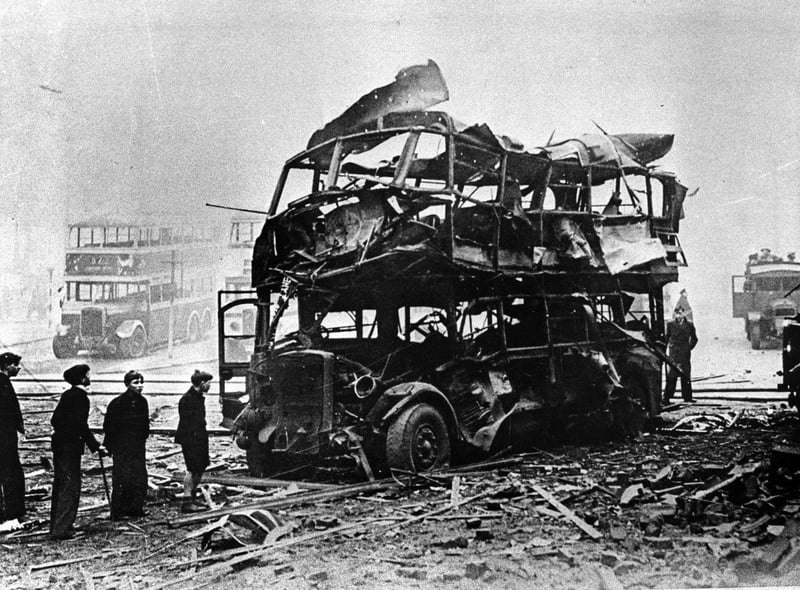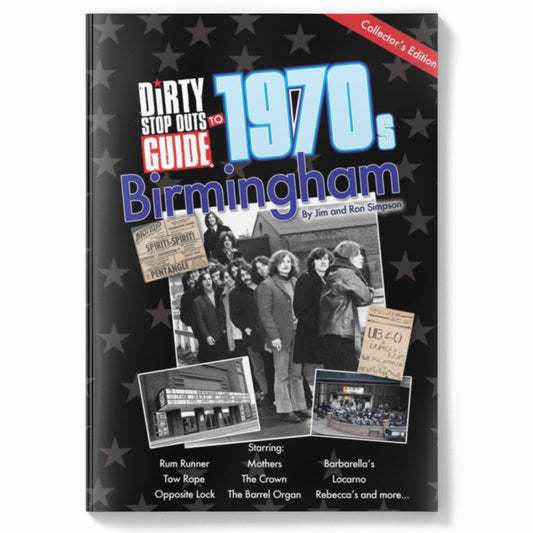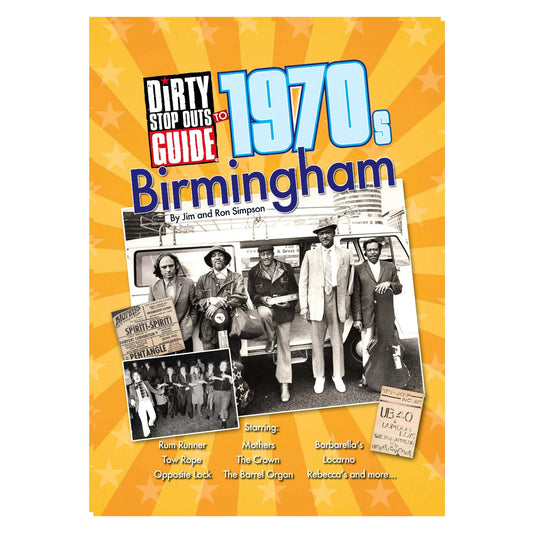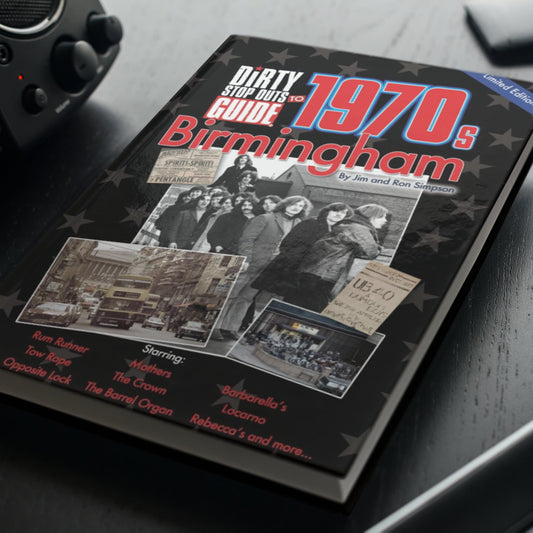

Featured collection
-
Dirty Stop Out's Guide to 1970s Birmingham - collector's edition. Last few copies left!
Vendor:Dirty Stop OutsRegular price £ 29.95 GBPRegular priceUnit price per -
Dirty Stop Out's Guide to 1970s Birmingham - now back in stock!
Vendor:Dirty Stop OutsRegular price £ 21.95 GBPRegular priceUnit price per -
Dirty Stop Out's Guide to 1970s Birmingham - hardback edition - the ultimate gift!
Vendor:Dirty Stop OutsRegular price £ 44.95 GBPRegular priceUnit price per£ 49.95 GBPSale price £ 44.95 GBPSale -
Dirty Stop Out's Guide to Coventry's Working Men's Clubs
Vendor:Dirty Stop OutsRegular price £ 17.95 GBPRegular priceUnit price per




